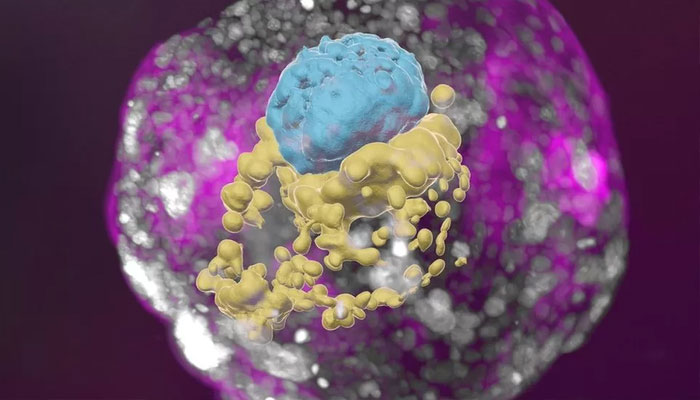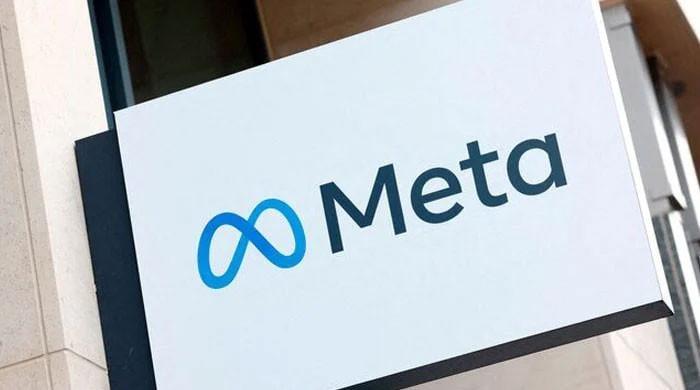Scientists grow 'complete' model of human embryo without egg, sperm or womb
The embryo simulates all the key structures that form in the early stages of human development
September 06, 2023

A team of scientists at the Weizmann Institute have achieved a remarkable feat by growing a model of a human embryo that closely resembles a real 14-day-old embryo, without using sperm, eggs, or a womb.
The team accomplished this using stem cells, offering an ethical means of studying the early stages of human life.
In the early days following fertilisation, when a sperm meets an egg, significant transformations occur in the developing embryo, ultimately leading to what can be seen on a baby scan. This period is crucial, yet poorly understood, and is a major source of miscarriages and birth defects.
The team's research, published in the journal Nature, marks a milestone as the first "complete" embryo model, simulating all the key structures that form in the early stages of human development.
Instead of using sperm and eggs, the researchers began with stem cells that were reprogrammed to possess the potential to become any type of tissue in the human body.
Chemicals were then used to coax these stem cells into forming four types of cells found in early-stage human embryos: epiblast cells (becoming the embryo proper), trophoblast cells (developing into the placenta), hypoblast cells (forming the supportive yolk sac), and extraembryonic mesoderm cells.
By mixing 120 of these cells in precise proportions and letting nature take its course, about 1% of the mixture spontaneously organized into a structure resembling a human embryo. Although not identical, it was a significant step forward, as it progressed to a stage comparable to a 14-day-old embryo, which is the legal limit for embryo research in many countries.
These embryo models offer potential benefits for understanding cell differentiation, organ development, and genetic diseases. They may also contribute to improving in vitro fertilisation (IVF) success rates and testing the safety of medications during pregnancy. While the models show promise, there is room for improvement in reducing the high failure rate.
Moreover, ethical questions arise as these models become increasingly similar to real embryos.
The research opens up new avenues for studying human development and paves the way for deeper insights into the formation of the human body plan.
However, it is important to clarify the ethical and legal boundaries as these models advance further in mimicking real embryos. It's worth noting that these models cannot be used to achieve a pregnancy, as they go beyond the point where an embryo can successfully implant in the womb.









